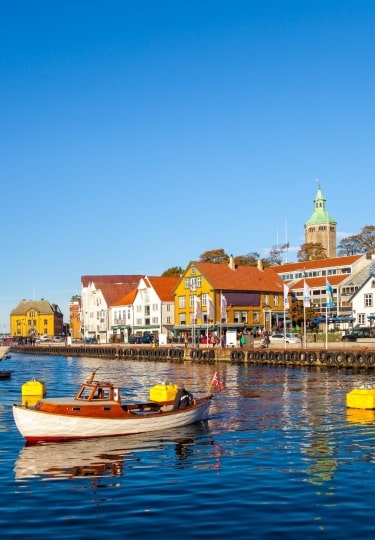There are plenty of intriguing things to do in Stavanger, which has uncrowded beaches to roam, mountains to climb, and an interactive Iron Age Farm to visit. With a slew of museums focused on Stavanger’s most prosperous industries and a gorgeous old town right in the center, Stavanger has plenty to please culture-thirsty travelers.
From sipping coffee and exploring the harbor in Old Stavanger to hiking the inimitable Pulpit Rock, take your pick from these fun activities.
Explore Golden Sandy Beaches
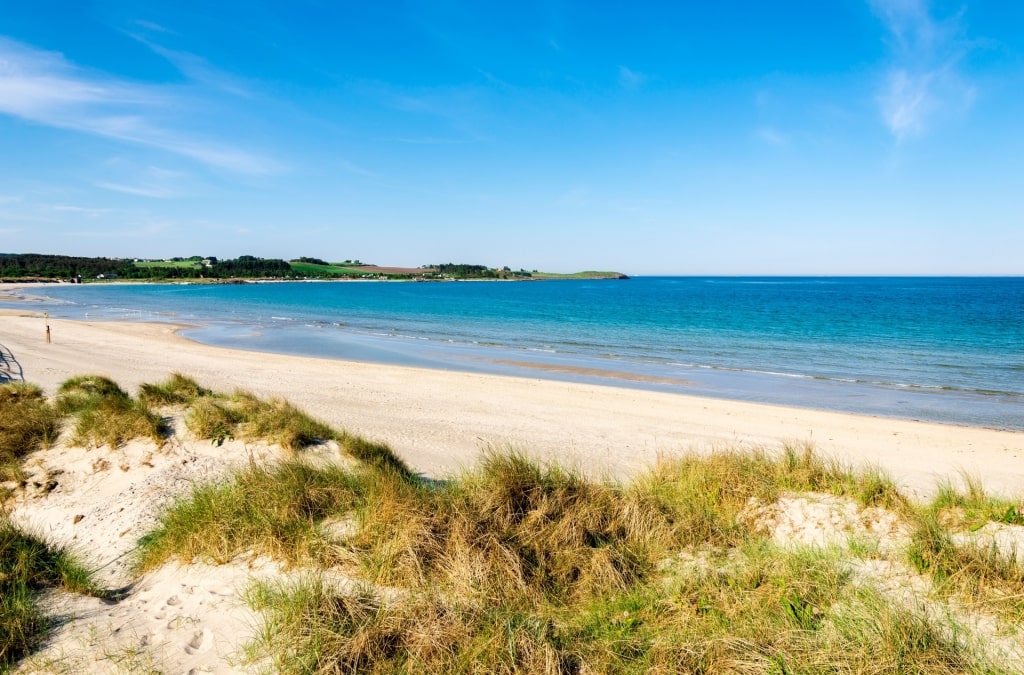
Solastranden
Norway is known for its glassy fjords and soaring mountains, but did you know the country’s serrated coastline is home to dozens of gorgeous beaches, too? One of the best things to do in Stavanger is explore some of the region’s golden sands.
The peaceful Vistestranden, in Randaberg on the Stavanger Peninsula, is one of the closest sandy stretches to the city center. This shimmering cove is set in a bay and is perfect for swimming and bathing, with a diving board allowing you to plunge into the North Sea and coastal hiking routes leading in both directions.
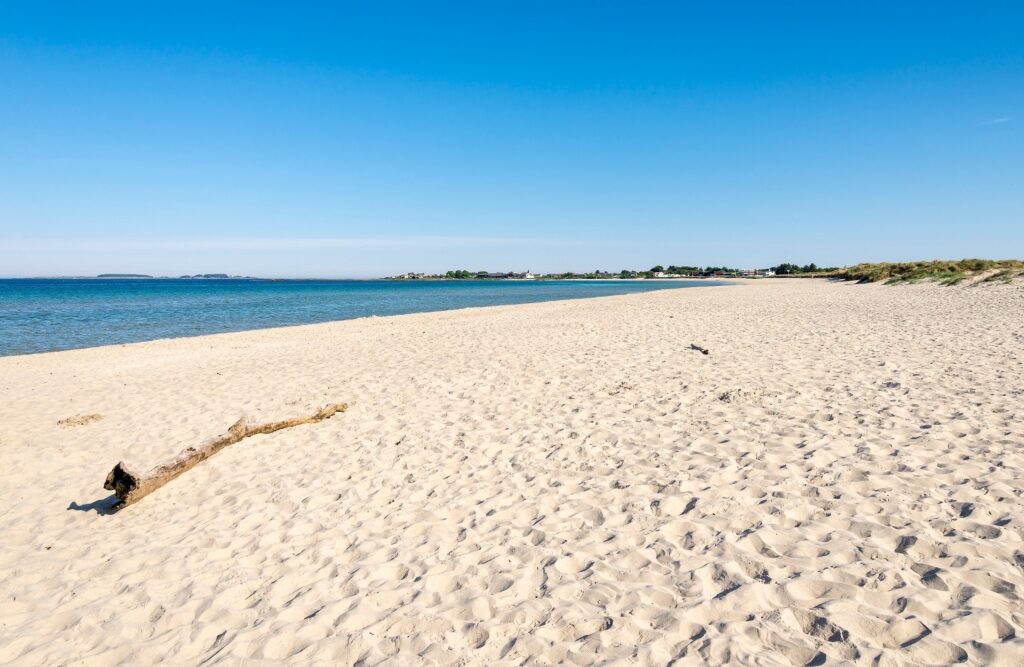
Solastranden
Further south, next to Stavanger Airport, is the beautiful Solastranden. This swathe of pale-colored sand features dunes that rise up behind the beach, with a golf course, remnants of World War II bunkers, and coastal hikes towards Vigdel Beach, three miles south.
This coastal region, known as Jærstrendene, is hugely popular with birdwatchers, with many seabirds nesting on islands just off the coast during summer. Cormorants, black-legged kittiwakes, guillemots, and northern fulmar are among the species to look out for on a beach walk.
Read: Beautiful Beaches in Norway
Stroll Around Old Stavanger
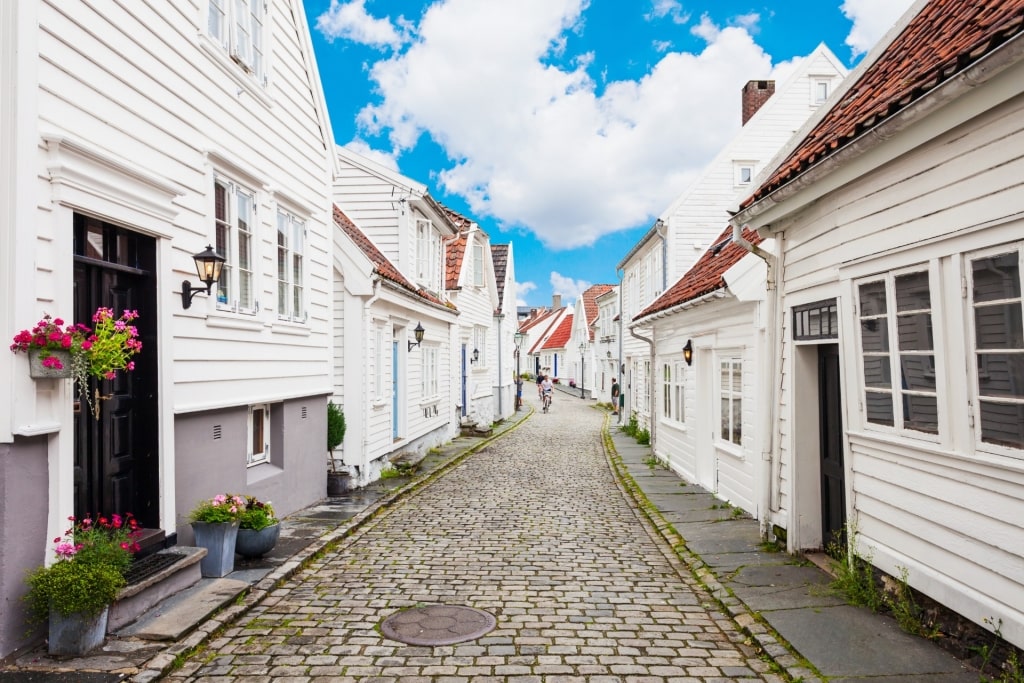
Old Stavanger
One of the best things to do in Stavanger is to spend time in the city’s old quarter, Gamle Stavanger, famous for its cluster of 173 white timber-clad buildings to the west of the harbor.
This compact area of the Scandinavian city is centered on Øvre Holmegate, the main street in Old Stavanger, lined with these handsome, early 18th-century buildings. Stroll the cobbled streets to admire the former fishermen’s houses, with many garlanded with flowering plants during summertime.
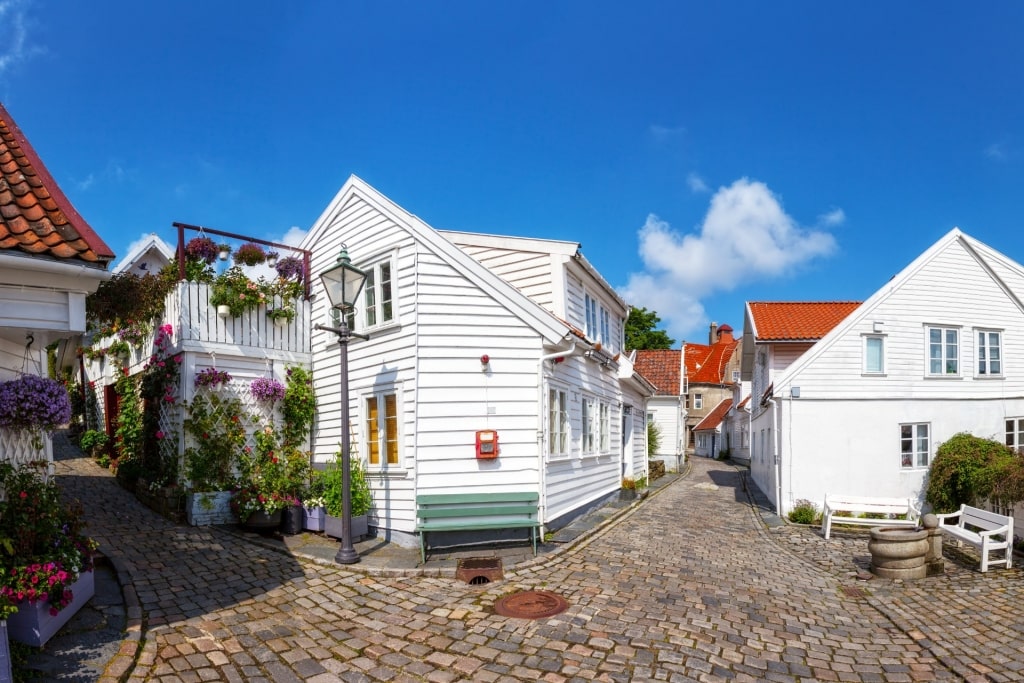
Old Stavanger
Enjoy coffee on the cobbles at FrK Krag Café on Øvre Holmegate. After, visit No90, located next to the Norwegian Canning Museum and opposite the coffee shop, to explore a house built by blacksmith Peder Pedersen Thilo in 1836.
Subsequent generations of Thilo’s family lived here until 1920 and visitors can see how the house would have looked in 1920 on the first floor, while the second floor illustrates how it might have looked in 1960.
Admire Stavanger Cathedral
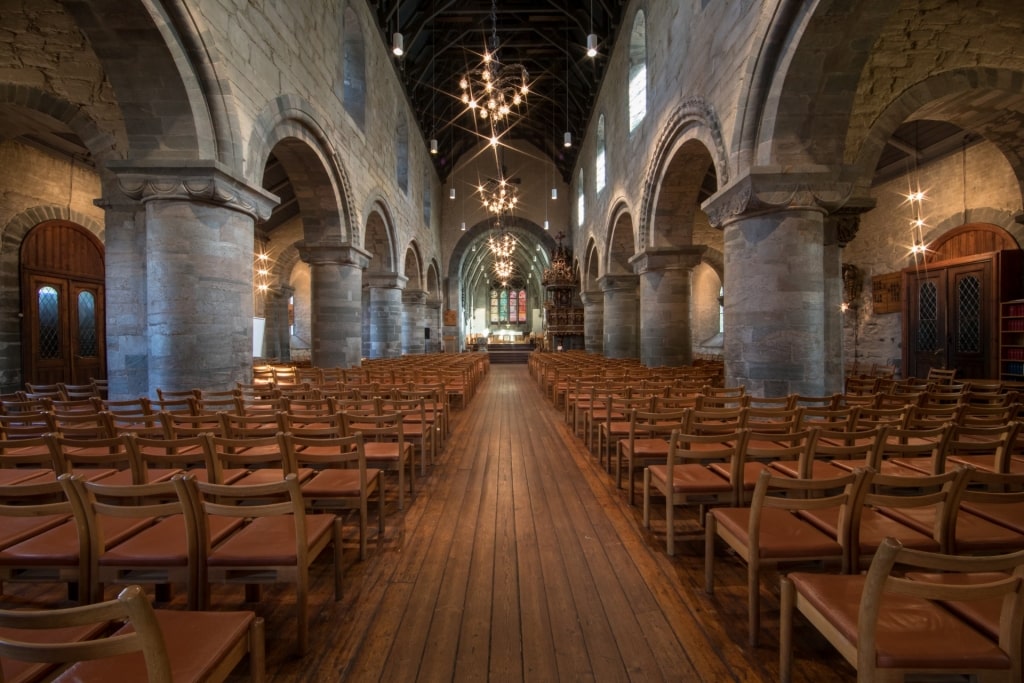
Stavanger Cathedral
Also known as St. Swithun’s Cathedral, this Middle Ages relic on the edge of a green park is Norway’s oldest cathedral.
This stone cathedral was built in an English Anglo-Norman style. There are some Gothic influences after a fire in the 13th century saw a new chancel (the area around the altar, including the choir and the sanctuary) built. Later additions also include an elaborate 1650s pulpit by Andrew Smith and a marvelous stained-glass window by Victor Sparre, added in 1957. There are two towers with green spires, one each side of the large stained-glass window, and stone sculptures to admire.
Cycle to the Swords in Rock Monument
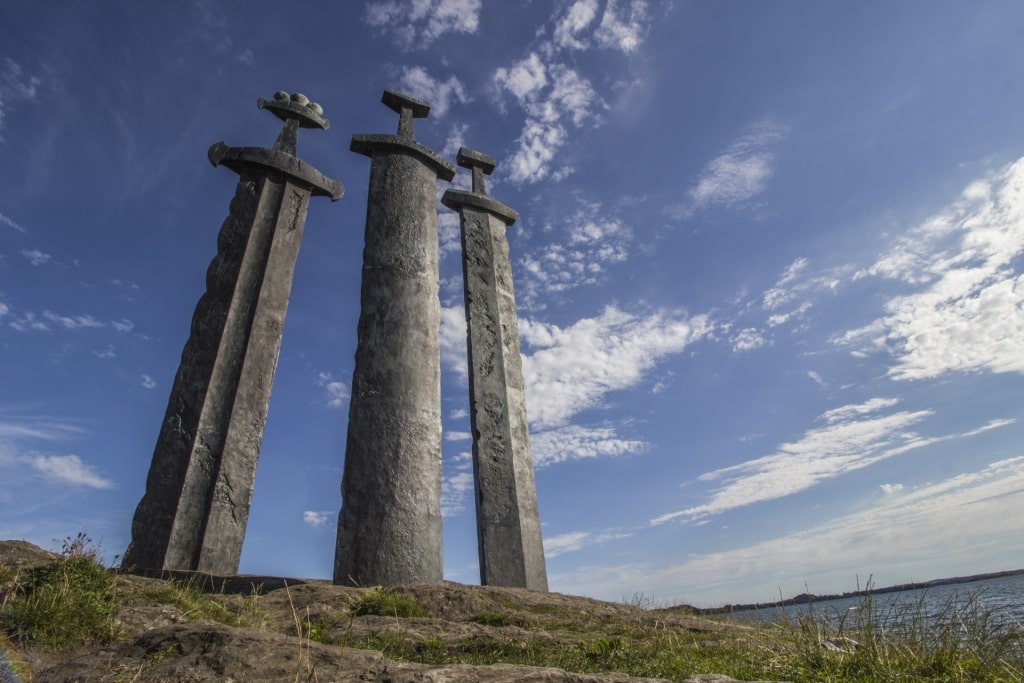
Swords in Rock
History enthusiasts will enjoy a visit to Sverd i Fjell. This haunting coastal landmark is a breezy 25-minute cycle from the center of Stavanger (or a 20 minute bus ride or 75-minute walk, if you prefer), southwest of the city.
This towering bronze monument, translating as Swords in Rock, was created by sculptor Fritz Røed in 1983. It features three towering swords that pierce the hillside, commemorating the mighty Battle of Hafrsfjord that took place here in 872.
The battle resulted in the unification of Norway, with Viking chief Harald Fairhair declaring himself the first King of Norway. The largest of the three swords represents the victory of King Harald, with the two smaller swords representing the two defeated kings.
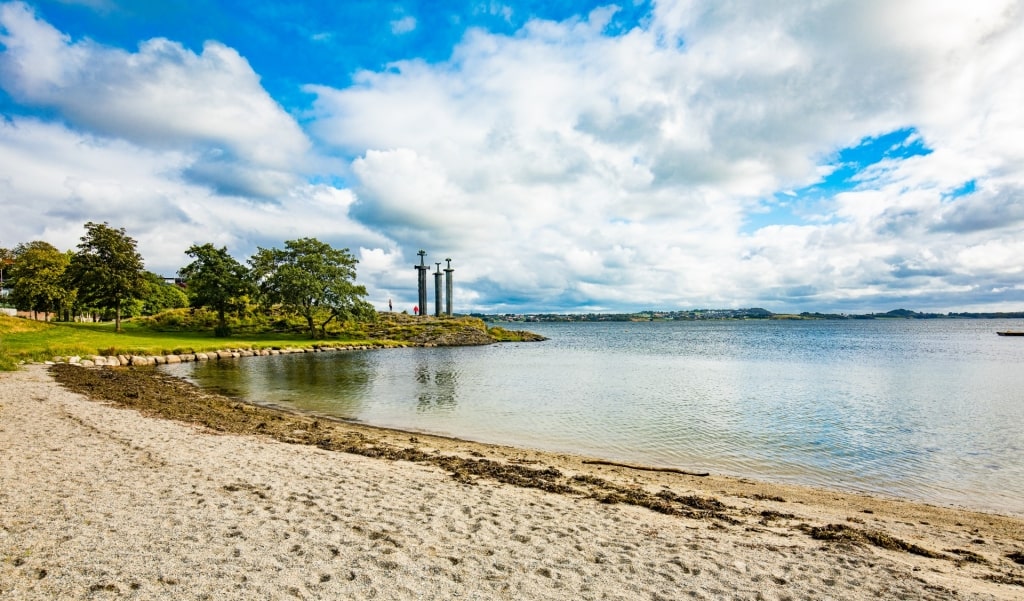
Beach near Swords in Rock
Sverd i Fjell stands between two small sandy coves. Enjoy a walk on the beach or a refreshing swim in the North Sea if you’re feeling daring.
There’s another sculpture, The Fisherman’s Wife, facing the sea. It’s thought that the statue is modeled on Ane Malene Jonsdatter Nilsen, the grandmother of local 20th-century author Gottfred Borghammer, erected to honor Nilsen and all other fishermen’s wives.
Enjoy a Leisurely Cruise on the Lysefjord
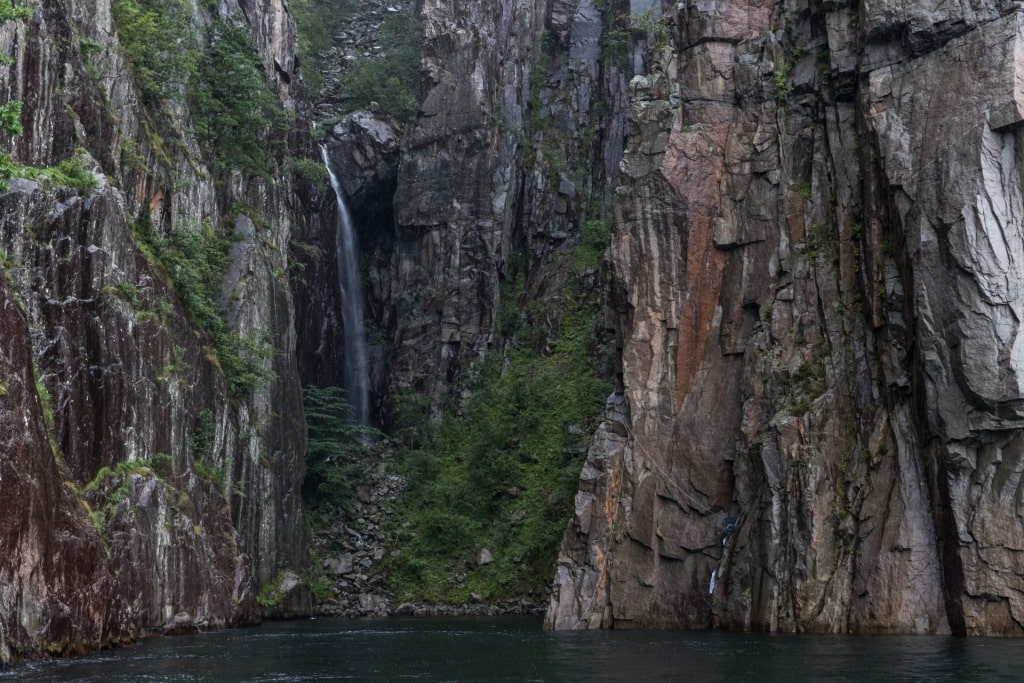
Lysefjord
The magnificent Lysefjord was carved by a retreating glacier at the end of the last ice age around 12,000 years ago.
This tranquil 26-mile Norwegian fjord is surrounded by spectacular mountains, pastoral farms, and lush forests. One of the fjord’s most famous landmarks is Pulpit Rock, a soaring granite plateau that looms over the fjord.
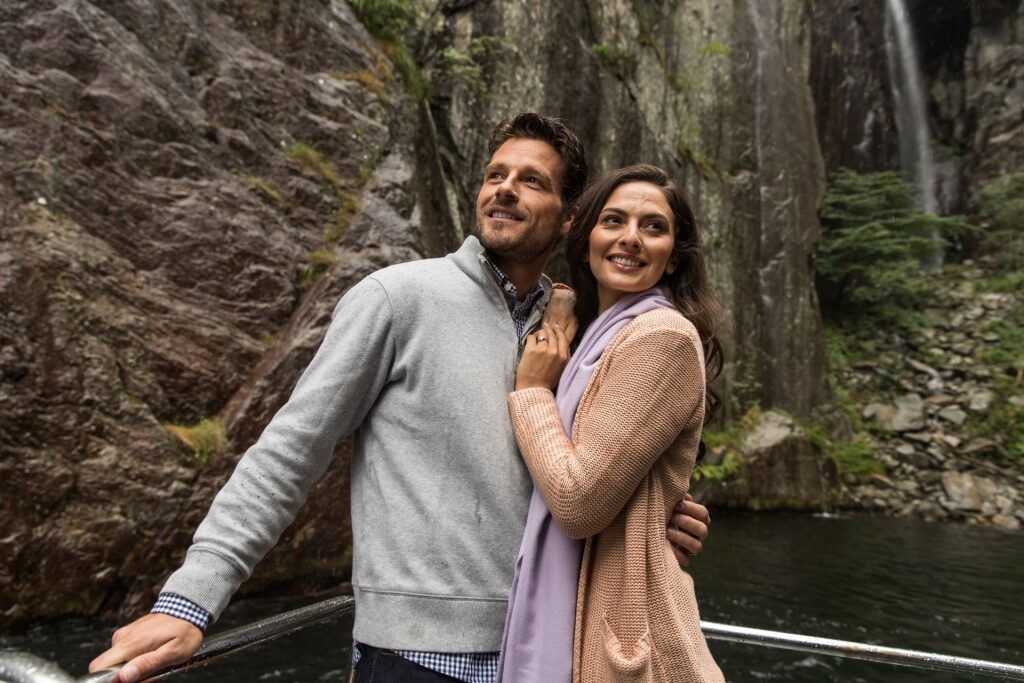
Lysefjord
One of the best ways to experience all of this breathtaking scenery is by joining a boat tour from Stavanger. On a voyage into the inky fjord, look out for some of the region’s thrilling wildlife, including eagles, porpoises, and seals.
After gazing up at Pulpit Rock, witness the cascading Hengjane waterfall splashing into the teal-hued fjord before returning to Stavanger.
Experience Iron Age Farm

Iron Age Farm
If you’re a Viking buff, then visit the Iron Age Farm in Ullandhaugveien, located on the remains of a farm that is thought to date from 350 to 550 A.D.
Located on the archaeological site of an original Migration period farmstead, the Iron Age Farm is surrounded by bucolic countryside, with rolling hills and grazing sheep. Discover three true-to-life longhouses equipped with utensils and a roaring fire on a fireplace. Costumed “Vikings” wait to greet visitors.
Activities at this open-air museum convey life in the Late Iron Age, including the chance to dress up in Viking attire, traditional grain grinding, bow and arrow competitions, and cooking food on the fire, just as Vikings would have done 1,500 years ago, in other words.
Drop into Jernaldergården’s visitor center next to the Iron Age Farm. Here, the Museum of Archaeology further brings to life this Viking farm through an exhibition of excavated artifacts. Facilities include a café and bathrooms.
Discover Ledaal Estate & Walk the Historic Gardens Trail

Ledaal Estate
Built between 1799 and 1803, the carmine-red Ledaal estate is the glorious former summer residence of wealthy merchant Gabriel Schanche Kielland and his family in the Eiganes neighborhood of Stavanger.
Lavishly furnished in a mixture of interior styles—Baroque, Rococo, Louis XVI, Empire, and Biedermeier—Ledaal displays wonderful antiques and art, and offers an insight into how Stavanger’s high society lived in the 1800s. Indeed, the house contains Stavanger’s largest collection of antique furniture, with pieces spanning from the early 1700s to 1863.
There is a concentration of stately homes in the neighborhood with a trail, the Historic Gardens at Eiganes, linking the gardens of Ledaal with nearby Breidablikk, Holmeegenes, and Munkehagen. The trail is well worth following to take in some of Norway’s best-kept stately gardens.
Drink in the Views from Ullandhaug Tower
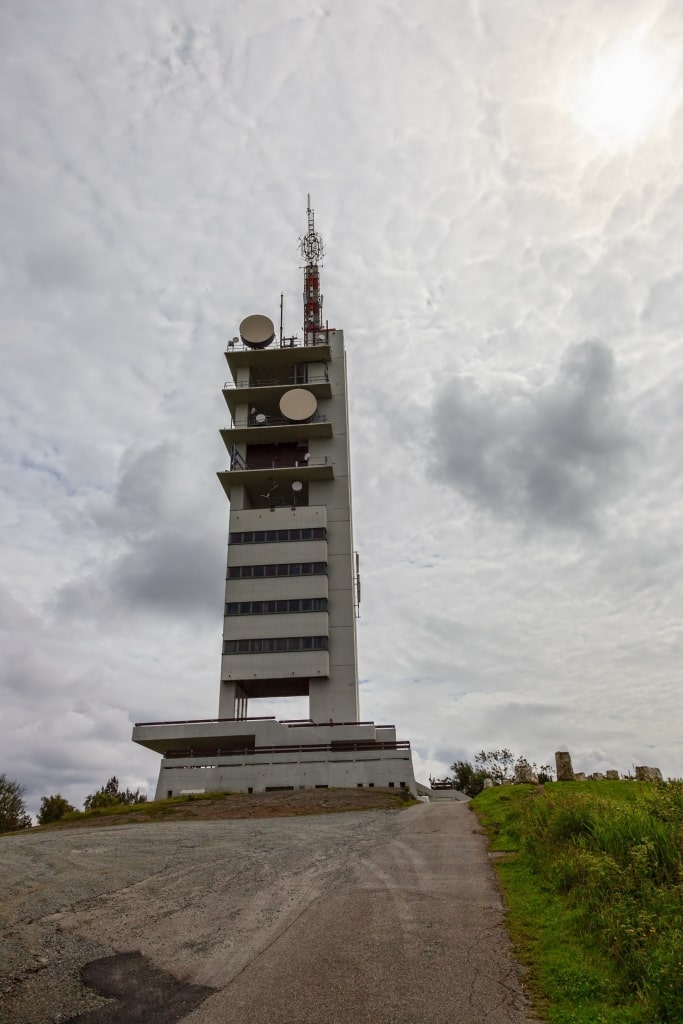
Ullandhaug Tower
Near Stavanger’s Iron Age Farm is an excellent view point, Ullandhaug Tower, from where you can soak in views of the city and coast. It’s one of the best things to do in Stavanger, particularly if you’re visiting the Iron Age Farm or the nearby Botanical Garden.
The stark 1960s telecommunications tower stands over 200 feet on a hilltop, boasting views of the city, the soaring Norwegian mountains, and Jæren beaches along the North Sea coast.
Ullandhaug Tower stands on the site of Harald’s Tower, a former landmark commemorating King Harald Fairhair, the first king of Norway. The earlier tower was built in 1895, though it was destroyed during World War II.
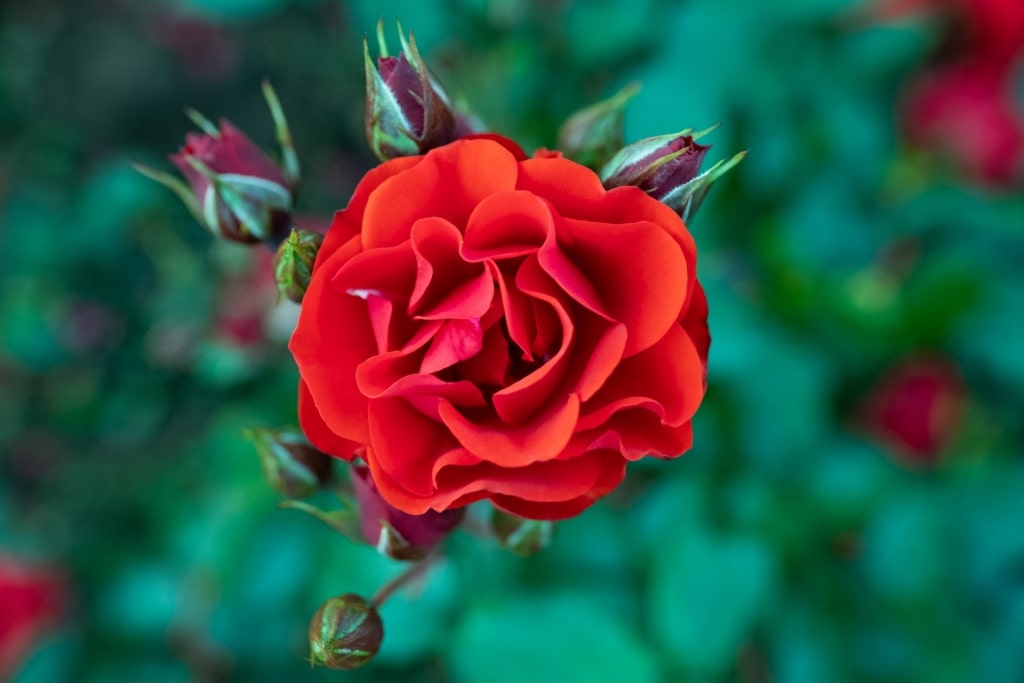
Rose
Pay a visit to the serene Stavanger Botanical Garden, situated next to Ullandhaug Tower, after drinking in the far-reaching views. The garden, one of six botanical gardens in Norway, is home to over 3,000 species from around the world. There is a herb garden, greenhouses, a grassy park, and a pond that’s home to a small herd of salamanders.
Tour the Norwegian Canning Museum & Norwegian Printing Museum
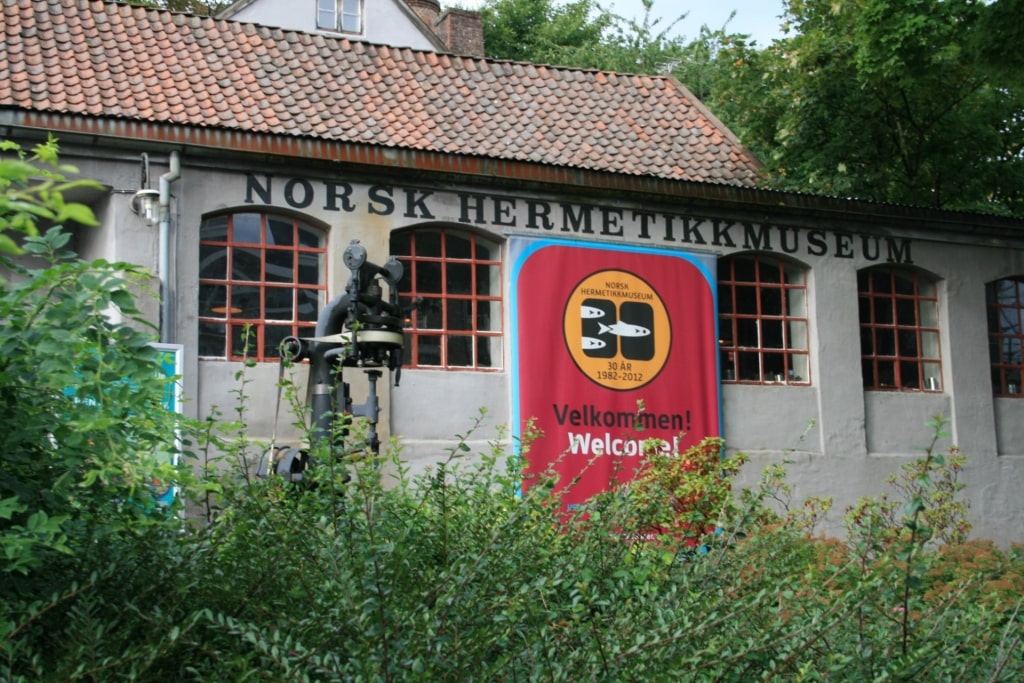
Norwegian Canning Museum Photo by Chris Walsh on Flickr, licensed under CC BY 2.0
Officially called Iddis Norwegian Printing Museum and The Norwegian Canning Museum (“Iddis” is the colloquial name for labels on cans of fish), this pair of museums showcase these closely related industries.
Set inside an old canning factory and a newer building in Old Stavanger, the museums illustrate the fish canning and can-printing processes, complete with an exhibit displaying fanciful vintage can labels.
Stavanger was once the location of the majority of Norway’s canning factories, with herring, mackerel, and other fish that were oiled and canned here before being shipped around the world. Indeed, Stavanger was an early pioneer of smoking sardines and visitors can sample smoked sardines straight from the oven.
If you’re a big fan of seafood, continue to Fisketorget on the harbor to sample more of Stavanger’s delicious seafood at this fish counter and restaurant.
Hike to Preikestolen
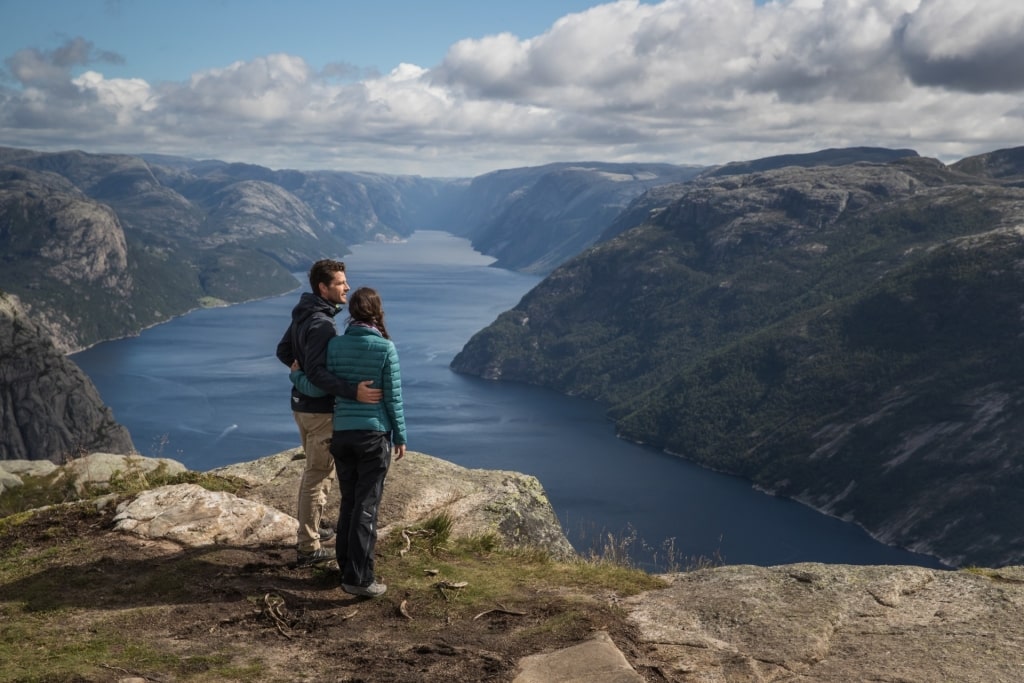
Preikestolen
Preikestolen, also known as Pulpit Rock, is a rarefied sensational cliff with a pancake-flat summit that rises 1,982 feet above the dazzling Lysefjord.
Hiking to Pulpit Rock isn’t just one of the best things to do in Stavanger; it’s one of the biggest draws in Norway for nature-loving hikers.
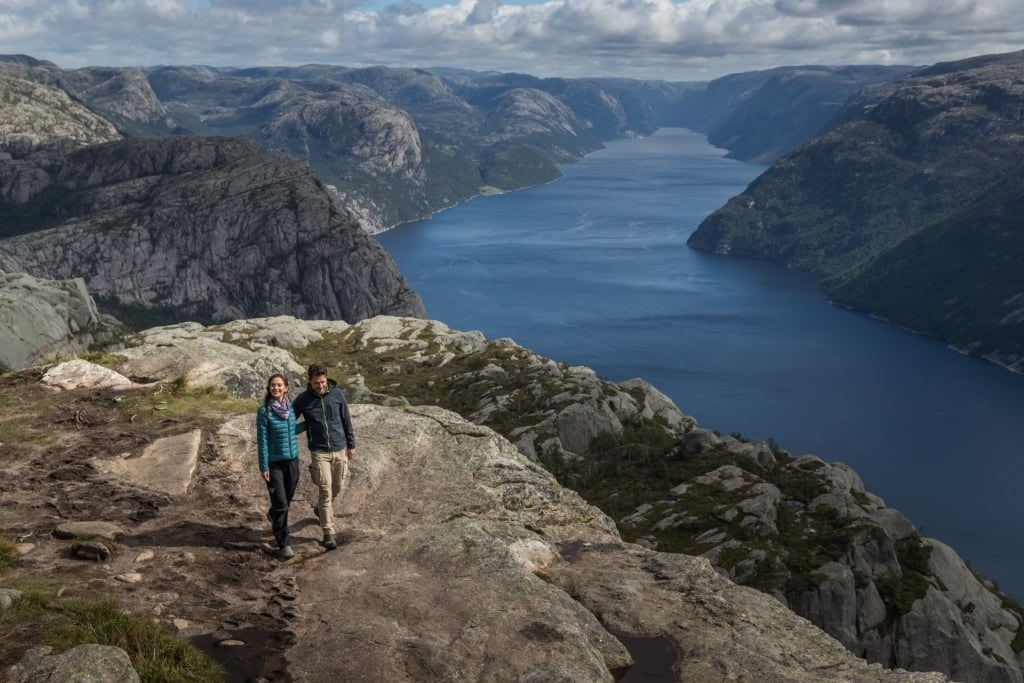
Preikestolen
This might be one of the most beautiful places in Norway, but marching to this spectacular view point is not for the faint-hearted. It takes around four hours (round-trip), covering roughly five miles, but hikers are rewarded with an unforgettable experience and mind-blowing panoramas. The trail features forests, steep terrain, and a stone staircase that was built by expert Nepalese sherpas.
Carry water and wear the correct footwear when on a hike, such as comfortable walking boots. Carry a fully-charged camera, too, as you’ll want to capture the moment you reach the top of this towering rock formation.
Read: Best Places to Go Hiking in Norway
Learn About Stavanger’s Seafaring History at the Maritime Museum
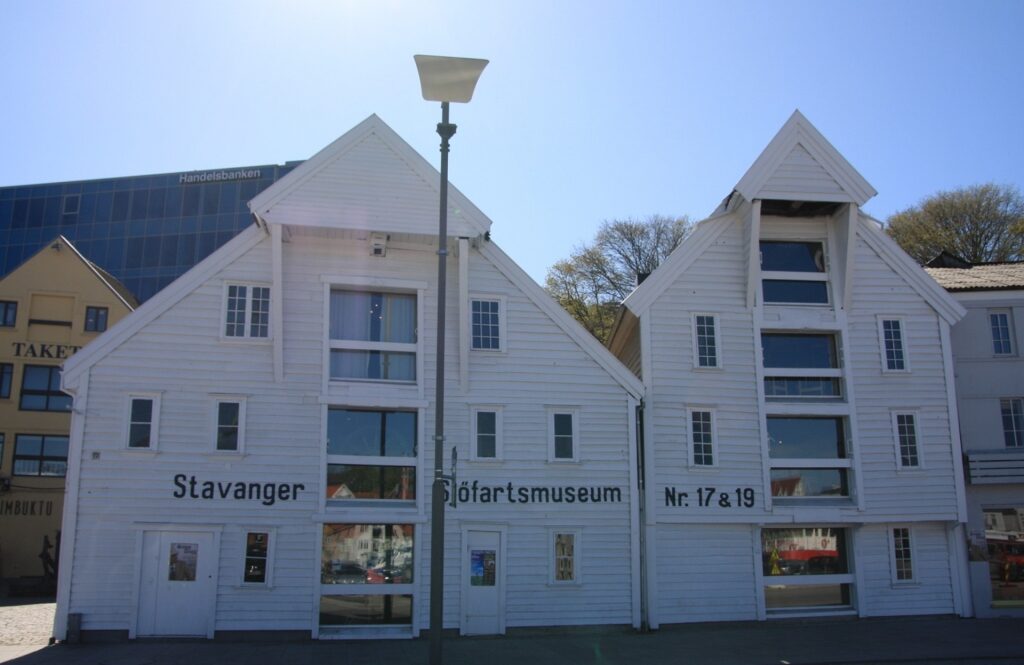
Stavanger Maritime Museum Photo by Jarvin Jarle Vines on Wikimedia Commons, licensed under CC BY-SA 3.0
Stavanger Maritime Museum takes center stage on the city’s harbor, inside 19th-century former merchants’ buildings.
One of the best things to do in Stavanger is explore the region’s long seafaring history through stories, film, and photographs at the Maritime Museum. There are dozens of ship models, too, from fishing vessels to oil tankers.
The Maritime Museum is fantastic for families and those curious about the nautical environment, with a recreated 1950s quayside marketplace where children can enjoy role play. There is a merchant’s apartment styled how it would have looked around 1910, and a general store.
The replica set up of the former Monsen Shipping Company—which operated from this location between 1812 and 1977—is a highlight. This big-player herring fishery and salting company expanded into freight, adding steamships to transport goods from the Atlantic islands to Northern Europe.
Visit Norwegian Petroleum Museum
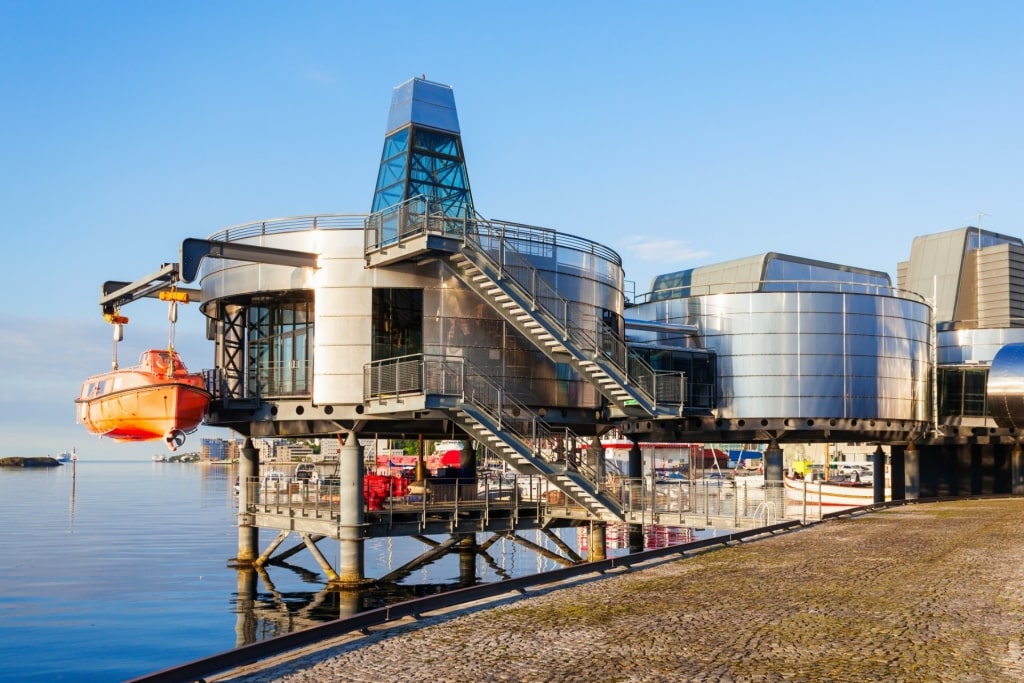
Norwegian Petroleum Museum
For a crash course in petroleum, Norway’s biggest export, head to the striking Norwegian Petroleum Museum by the harbor. This offbeat museum is an essential stop on a tour of Stavanger to learn about how the city made its riches.
The Norwegian Petroleum Museum charts the industry’s backstory from when drilling first began in the North Sea to its impact on the environment with interactive exhibits. Visitors can learn about how oil is formed, how it is found beneath the seabed, and how the oil-drilling industry has shaped life in Norway.
There is a strong family element to the Norwegian Petroleum Museum. Children can play at being oil workers, with cranes, a helicopter, pipes, and platforms. At the maze-like Disaster Room, visitors can learn how oil workers are trained in safety through a true-to-life evacuation drill.
Soak in the Tranquil Flor & Fjære Garden
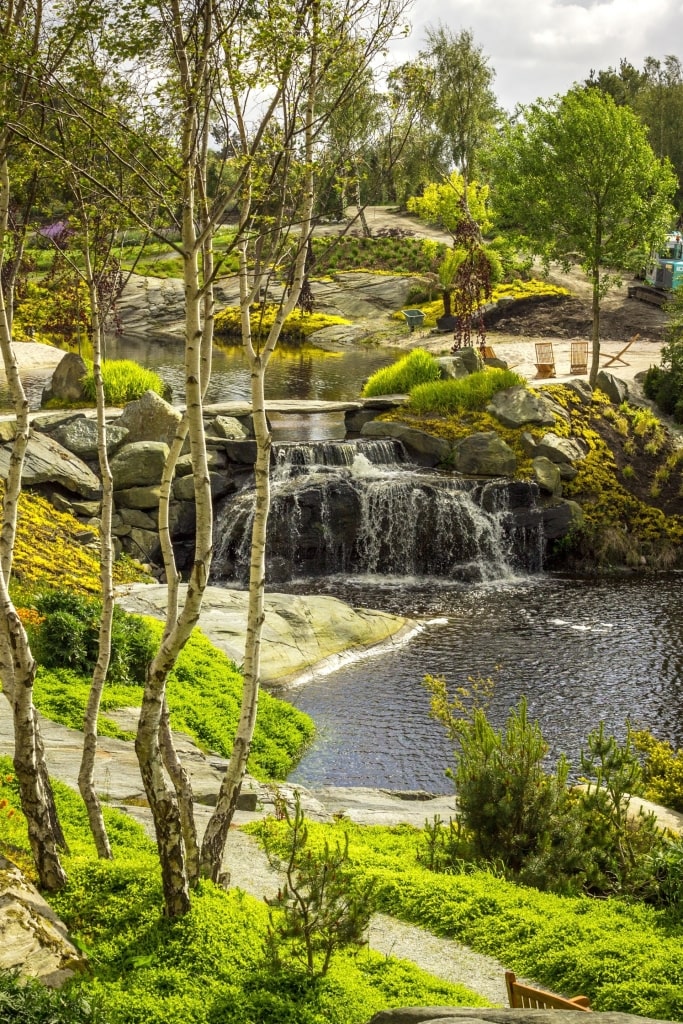
Flor and Fjære Garden
One of the best things to do in Norway is to visit the enchanting Flor and Fjære, located on the idyllic island of Sør-Hidle in the middle of the fjord. This privately-owned garden is open between May and September, reached via a 20-minute boat ride from Bekhuskaien in Stavanger.
Join a guided tour to learn how three generations have shaped this 12-acre oasis, with paths lined with palm trees and other tropical plants. There are fragrant pops of orange, yellow, red, and purple; lily ponds, waterfalls, tall evergreen trees, and a beach with a bar.
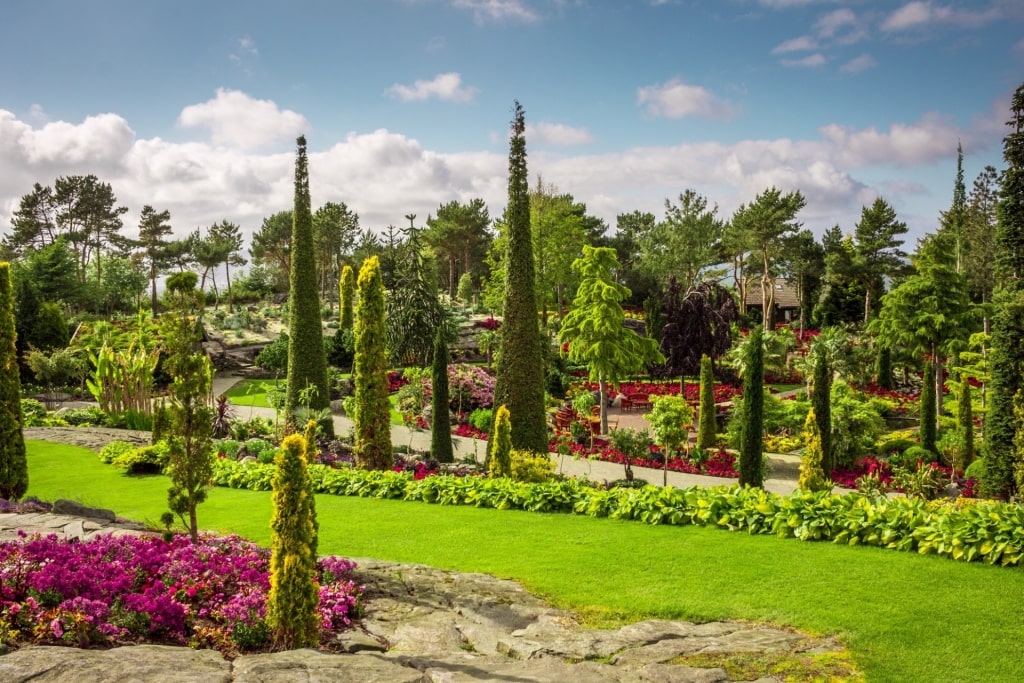
Flor and Fjære Garden
After a tour, you will be led to the one-acre greenhouse where a restaurant sits in a flower, herb, and vegetable-growing area. Sit down for a three-course meal prepared by chef André Mulder, who uses locally sourced seafood, meat, and island-grown herbs and vegetables to create dishes such as Hidlefjord fish soup, halibut from Ryfylke, and rhubarb and plum with local milk ice cream.
Read: Norwegian Food: Iconic Dishes to Try
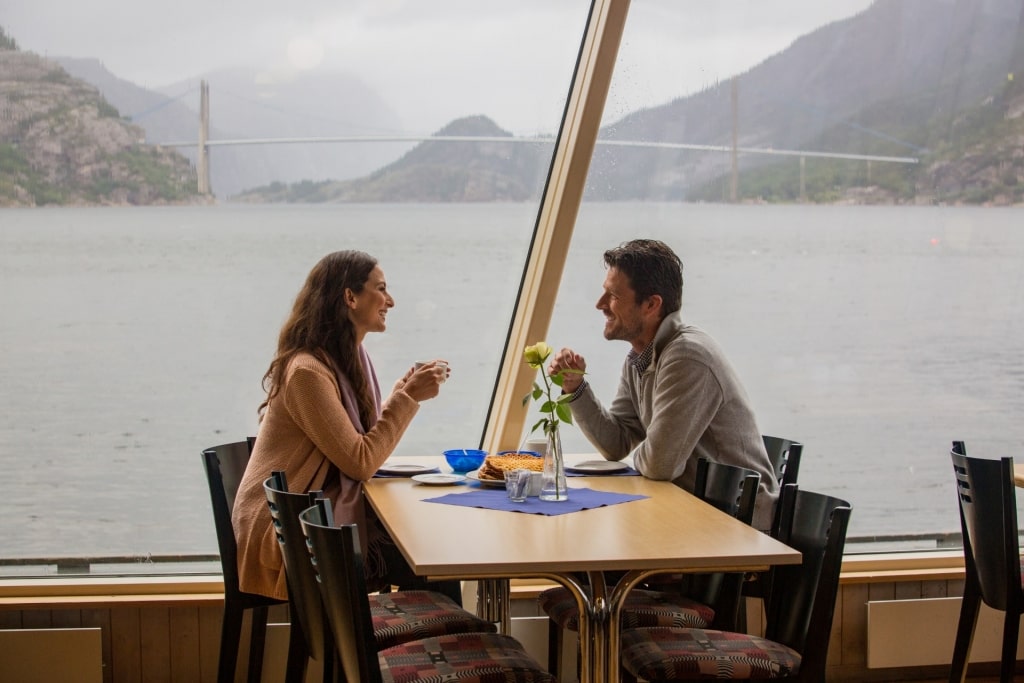
Stavanger
The best things to do in Stavanger can be experienced on an immersive vacation with Celebrity Cruises. Browse our Stavanger cruises to discover this fascinating city and the landscapes that surround it.
